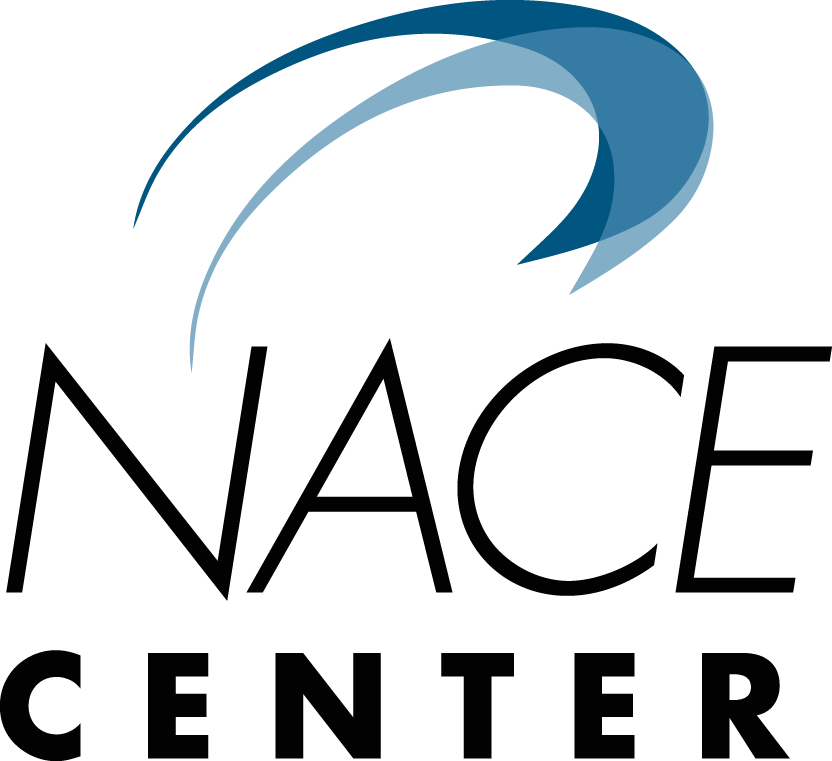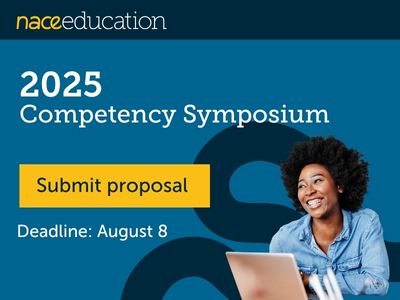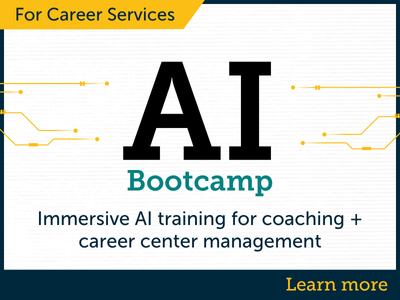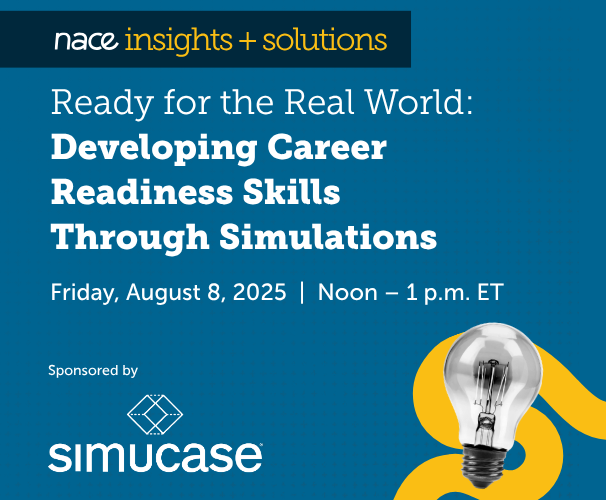Spotlight for Career Services Professionals
While looking to use gamification to create a fun and interactive career development program for her students, Merry Olson hit on an idea that has created much interest among career services practitioners.
Olson, career services coordinator at the College of Southern Idaho (CSI), is in the process of developing a virtual escape room. She says the challenge in the online activity is to take a personality assessment and navigate out of the “Pit of Despair.” Why the Pit of Despair? That, she admits, is a personal touch.
“Many people who seek career services are confused, seeking direction, think they have to choose one career or major, and are in despair,” Olson says.
“One of my favorite movies is ‘The Princess Bride.’ In the movie, there is a Pit of Despair. I envisioned that is where we all feel at times when we get discouraged from indecision. I believe that if you can figure out who you are, you can always find purpose, no matter what career you pursue or what job you have. During COVID-19, it is a time of learning, reflection, and growth.”
Listening to a NACE podcast titled “Games as a Career Development Tool” sparked Olson to create the career services office’s virtual escape room.
“It talked about building an escape room and making games for career readiness activities, but did not share how to do this,” she notes.
“I want to develop something that others could use.”
She also wants to develop an activity that makes learning fun.
“We have workshops covering career readiness topics, but my philosophy is that students retain only about 10 percent of what they hear, but 100 percent of what they feel,” Olson notes.
“If they could feel the learning, they are much more likely to remember it.”
Although the virtual escape room has not launched yet, Olson’s intent in sharing it in the NACE Community was to get feedback in developing it. She has shared her work on the NACE Community, which has prompted a Zoom call among interested colleagues.
She has experienced several challenges in developing her virtual escape room, including finding an electronic format to develop it. A colleague sent Olson a link to an escape room of a Hogwarts adventure.
“This gave me a feel for how the escape room should flow,” Olson explains. “[The author] also recorded a YouTube video of how she created the escape room using Google Forms.”
One hitch: Olson had never used Google Forms, so she was learning on the fly. The YouTube video suggested using Google Images to avoid licensing issues.
“All the images are either Google Images or personal pictures,” Olson says.
“Another challenge was finding pictures that were not military, religious, and not traditional by gender, such as choosing a ‘commander’ picture or non-gender specific counselor picture, but to find pictures with energy. I think picture selection was the longest part of the process.”
To develop the story, Olson uses the personality assessment as a starting point to talk to individuals about their strength, so she decided to use this as the theme for escaping the pit.
“Storytelling and making order out of chaos are my strengths, so this was probably the easiest part for me,” she says.
To escape from the pit of despair, the player first needs to gain strength from what they have.
“We all have unique strengths because of who we are, so this is where I wanted to start,” Olson says.
However, she needs to share the escape room without including the CSI’s licensed product.
“CSI has purchased the license to use a personality assessment, which is an MBTI-based assessment,” Olson says.
“I knew there would not be an issue using this assessment in the escape room for our use. As much as I love our assessment, it would not be ethical for everyone to use our license code and personality assessments.
“Also, career suggestions from personality assessments can be misleading. Therefore, I set up the assessment requiring participants to contact me to unblock the full results and invite them to meet with me to discuss them in more detail. I do not have time to process the results if everyone using the escape room used our license and assessment. The template needs to be set up where others can enter their own assessment and create a password to access it.”
There are still other details for Olson to finalize. For example, to distribute the escape room, Olson envisions having the faculty give it as an assignment, allowing career services to connect with students to discuss their educational and career journey. There is still work to be done on this front to introduce the escape room.
In the meantime, she offers several suggestions for developing and holding a similar program:
- If you do not know, ask. Put it out there in a discussion on the NACE Community.
- Be willing to try new things you do not know how to do.
- Always share what you have developed and learned so others can also benefit from the strengths of who you are.
“You never know what will happen or the influence you may have on others around you,” Olson says. “I had no idea this was such a hot topic or that others would be so excited about the escape room I created. I look forward to devising a way to have it available for all to use in the future.”
Merry Olson has shared her work in the NACE Community’s Resource Library. You can reach her at molson@csi.edu.







